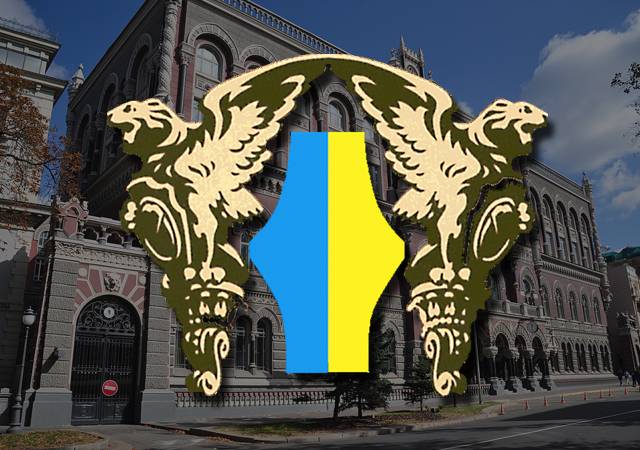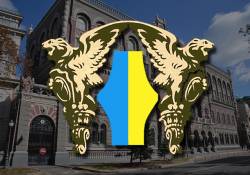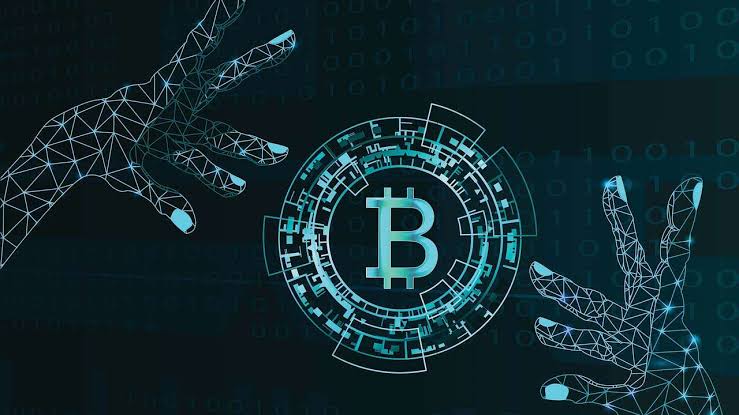Join Our Telegram channel to stay up to date on breaking news coverage
Ukraine has been one of the standout countries in the crypto space this year, especially when it comes to taking a hard stance against the illicit use of digital assets.
Last week, Oksana Makarova, the Head of the Ukrainian Ministry of Finance, sat down with local news outlet MC Today. Makarova spoke about the decision of President Volodymir Zelensky to strengthen the country’s Anti-Money Laundering (AML) policies in line with recommendations provided by the Financial Action Task Force (FATF).
$1,200 is the Line in the Sand
As a draft on the Finance Ministry’s website showed, the policymaker echoed the government’s AML resolutions. Makarova confirmed that the country’s government would be paying special attention to its crypto space. They would monitor transactions that cross the 30,000 Ukrainian hryvnias (or $1,200) threshold.
“If exchanges, exchangers, banks or other companies make payments in cryptocurrencies worth more than UAH 30,000 in equivalent, they must verify such transaction and collect detailed customer information. The customer must provide comprehensive information about the origin and destination of their virtual assets,” she confirmed.
Going forward, a service provider is required to report any transaction above that threshold that seems suspicious to the State Financial Monitoring Service (SCFM), the Ukrainian financial watchdog. The agency has been given the freedom to block any suspicious transactions and even seize any cryptocurrencies suspected of being illicit.
“The SCFM has access to an analytical product that allows investigations into the origins of crypto-assets and their uses. It is impossible to stop operations now, but it is possible to block crypto wallets and remove illegally obtained crypto assets. This can be done by accessing the crypto’s private keys as a result of complex investigations,” Makarova added.
Ukraine Gets Serious with AML Enforcement
The SCFM has already claimed to have access to an analytical tool that will help it to investigate the origins of crypto-assets and their uses, As Makarova explained, they have conducted several successful tests on the tool and are ready to give it real-life application to check its effectiveness.
However, it’s worth noting that the Ukrainian AML laws are more extensive than just that. According to the draft that was passed by President Zelensky last month, all virtual asset service providers (VASPs) are to ensure that any transactions exceeding the 40,000 hryvnias ($1,600) price level are documented. They are also mandated to provide authorities with information concerning all parties involved.
The VASPs are also mandated to report to authorities when traders are registered in jurisdictions that aren’t compliant with AML recommendations, when certain traders are from the same family, when traders are from abroad, and when the specific cash transactions occurred as well.
The Ministry of Digital Transformation of Ukraine has also signed a Memorandum of Understanding with Binance to work on clarifying the legal status of cryptocurrencies in the country. As Binance CEO Changpeng Zhao explained at the time, legal clarification is an important step to ensuring positive growth in the industry, while also attracting both local and foreign investment.
Join Our Telegram channel to stay up to date on breaking news coverage


